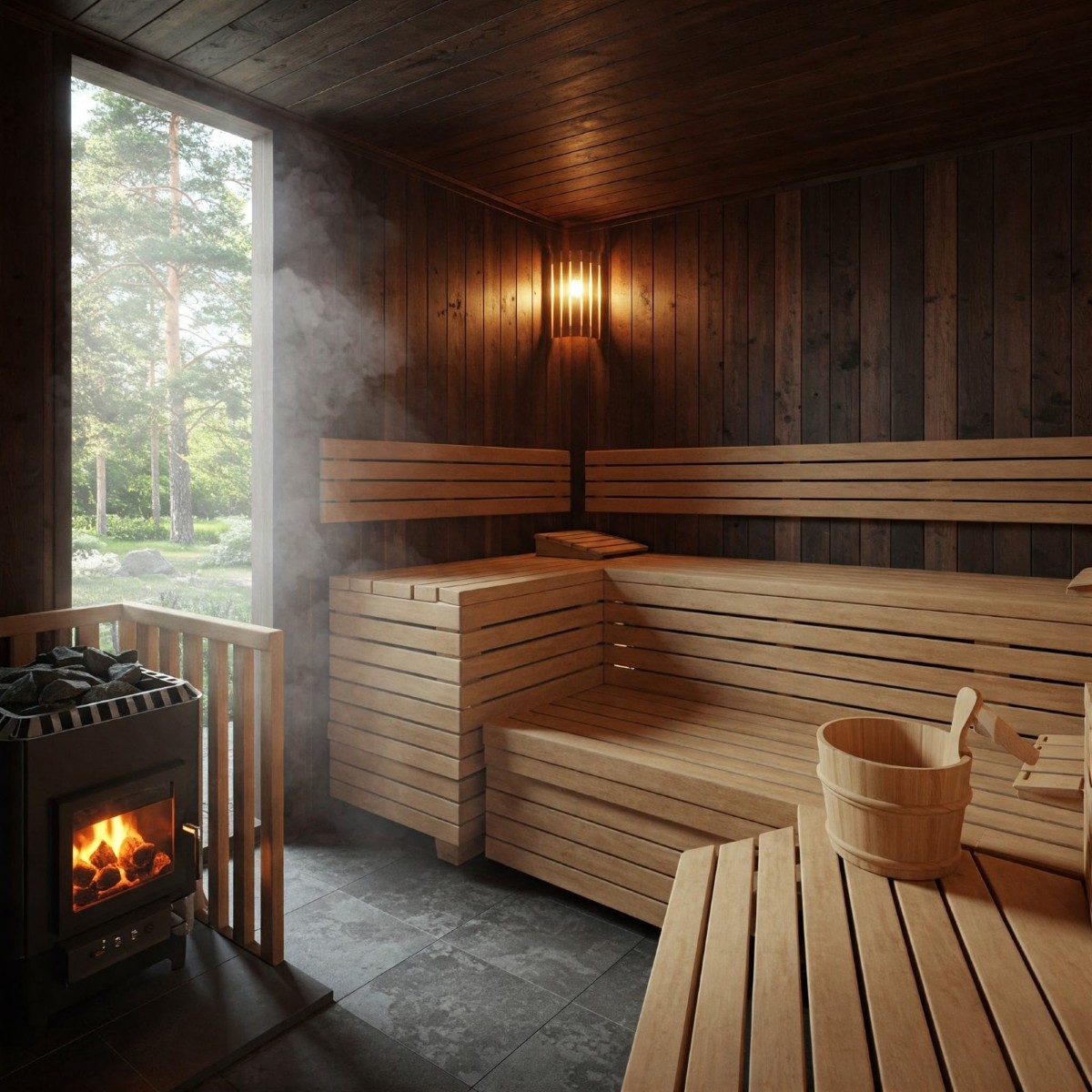
In the heart of Nordic wellness culture lies a tradition so fundamental to Finnish identity that an old saying declares: "First build the sauna, then the house." The Finnish sauna represents one of humanity's oldest continuously practiced bathing rituals, forming the cornerstone of what we now recognize as Nordic spa culture worldwide.
Archaeological evidence suggests the first Finnish saunas emerged over 10,000 years ago, when Finland's earliest inhabitants created primitive pit saunas by digging into embankments and heating stones to create steam. These rudimentary structures served a vital purpose in the harsh northern climate – providing warmth, cleanliness, and healing.
As centuries passed, these early designs evolved into the iconic smoke sauna, or savusauna. Built from logs with no chimney, the smoke sauna would be heated for hours with a wood fire that filled the room with smoke before being ventilated. The soot-blackened walls and lingering smoky scent weren't flaws but prized features, believed to create the gentlest, most enveloping heat and possess natural antimicrobial properties.
By the Middle Ages, the smoke sauna had become ubiquitous across Finnish landscapes – from humble farmsteads to noble estates. One sauna architectural historian noted, "The savusauna wasn't simply a bathing facility; it was the center of domestic life, particularly during winter months when its heat provided crucial protection against the brutal cold."
What truly distinguishes Finnish sauna culture is its profound spiritual dimension. Long before Christianity reached Finland's shores, the sauna held sacred status in Finnish mythology. Each sauna was believed to house a protective spirit – the saunatonttu or sauna elf – who demanded respectful behavior from bathers.
The sauna's sanctity rivaled religious buildings in importance. Special protocols governed behavior within its walls: no arguing, no crude language, and complete reverence for the space and its rituals. As one 19th-century Finnish proverb states: "In the sauna, one must conduct oneself as one would in church."
This spiritual significance made the sauna the setting for pivotal life events. Expectant mothers often gave birth in the sauna's hygienic warmth. The ill sought healing through the purifying heat. Even the deceased were sometimes prepared for burial there, as the sauna represented a liminal space between worlds.
Central to every authentic Finnish sauna experience is löyly – the steam released when water is thrown onto hot stones. More than a physical phenomenon, löyly carries profound cultural weight. The word itself is ancient, believed to originally mean "spirit" or "breath of life," reflecting how Finns viewed the steam as a living essence with transformative power.
The quality of a sauna's löyly determined its reputation. The ideal löyly enveloped bathers in soft, even heat that penetrated deep into the body. Achieving this perfect balance was considered an art form, requiring precise stone selection, optimal heating techniques, and skillful water application.
Traditional Finnish wisdom taught that through löyly, impurities both physical and spiritual would exit the body. As steam opened the pores, it was said to simultaneously open one's being to renewal and insight. This explains why important decisions were often contemplated in the sauna – the clarity of thought achieved there was believed unattainable elsewhere.
These ancient traditions established principles that continue to inform Nordic spa philosophy today. The alternating hot-cold therapy, purification through heat, and the integration of nature with wellness all trace their roots to these early Finnish practices.
When you experience a modern Nordic spa treatment with its temperature variations and focus on elemental forces, you're connecting with a heritage that stretches back millennia – one that understood the profound relationship between heat, water, and human wellbeing long before scientific studies confirmed their benefits.
Next time: Explore the social dimensions of Finnish sauna culture, traditional rituals, and medicinal applications that have shaped Nordic spa traditions across generations.